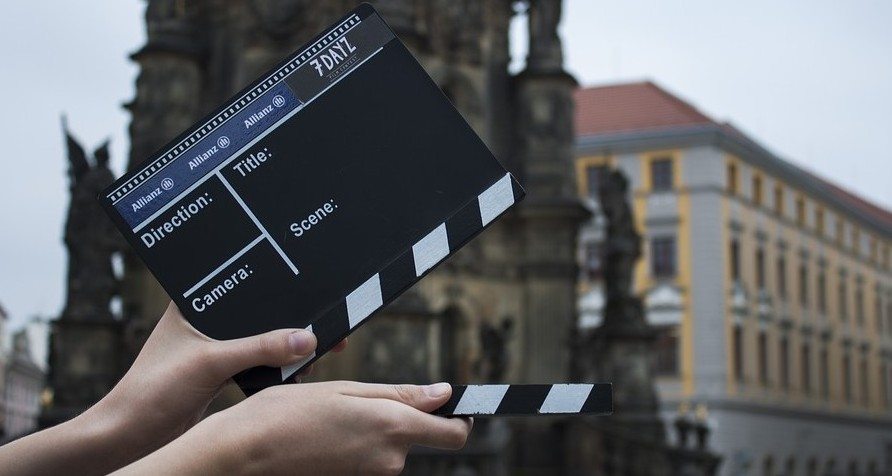What makes a good adaptation?
In modern times, we have witnessed an ever-growing trend of books being adapted into movies. Whilst this is no new trend occurrence, it certainly does appear to have increased with no signs of stopping any time soon. Over the last year alone with we have witnessed the release of such high-profile adaptations as Oppenheimer, Poor Things, The Zone of Interest and All of Us Strangers, just to name a few.
Much can be said about this trend being indicative of a general lack of ideas or risk-taking from the studio behemoth. A desire to make a sure profit from a story that has already proved successful, or the ability of directors and writers to tell a new and interesting story uses someone else work as a basis. Whatever the case may be, many book adaptations have proved both critically and commercially successful. This is inviting me to answer the question, what makes a good adaptation? How do we distinguish from poorer work? Or is there even an effective enough manner to produce a worthy adaptation?
Or is there even an effective enough manner to produce a worthy adaptation?
The first, and most prominent approach, appears to be an attempt by the film-makers to replicate the experience of reading the book, trying to make as accurate a representation of the words on the page as can be done at the time. For example, epics like Lord of the Rings and Dune were long considered ‘unfilmable’. However, once the technology and studio financing presented themselves in the 21st century, these adaptations are considered some of the most faithful to the original source material that can be found.
The second and rarer, though frequently more interesting, approach is an attempt by filmmakers to put their own unique spin upon the source material. This is an attempt to use the source material as a basis for making a broader and wholly unique artistic and thematic work. This approach was popularised by Stanley Kubrick, whose movies are practically all nominally adaptions. Indicative of this approach, he never settled for simply translating the page to the screen. To illustrate, Kubrick’s Dr Strangelove is based upon Peter George’s Red Alert (1958), a wholly bleak novel about the scary chain of events that may cause nuclear armageddon. Contrastingly, Kubrick’s film is a black comedy that presents the absurdity of the events that could end the world. This is one example of how a good adaption can be wholly unique in many ways from the source book but maintains a clear connection to the original piece.
One issue presented by the adaption to the big screen is how to present the internal monologues of the characters.
This is so commonly used within fictional books, but adapting it presents difficulties
This is so commonly used within fictional books, but adapting it presents difficulties. Most of the time first-person narration and dialogues comes across as a cheap form of movie storytelling, breaching the rule of show don’t tell. Often the only real solution is to hope that the actors in those roles are strong enough to convey these internal motivations in their face and body language.
Here I have sought to briefly present what makes a good book to film adaptation. A willingness, from a production-standpoint, to faithfully adapt the page is often successful. Though it is equally valuable for the filmmakers to completely put their own spin on the material.

Comments